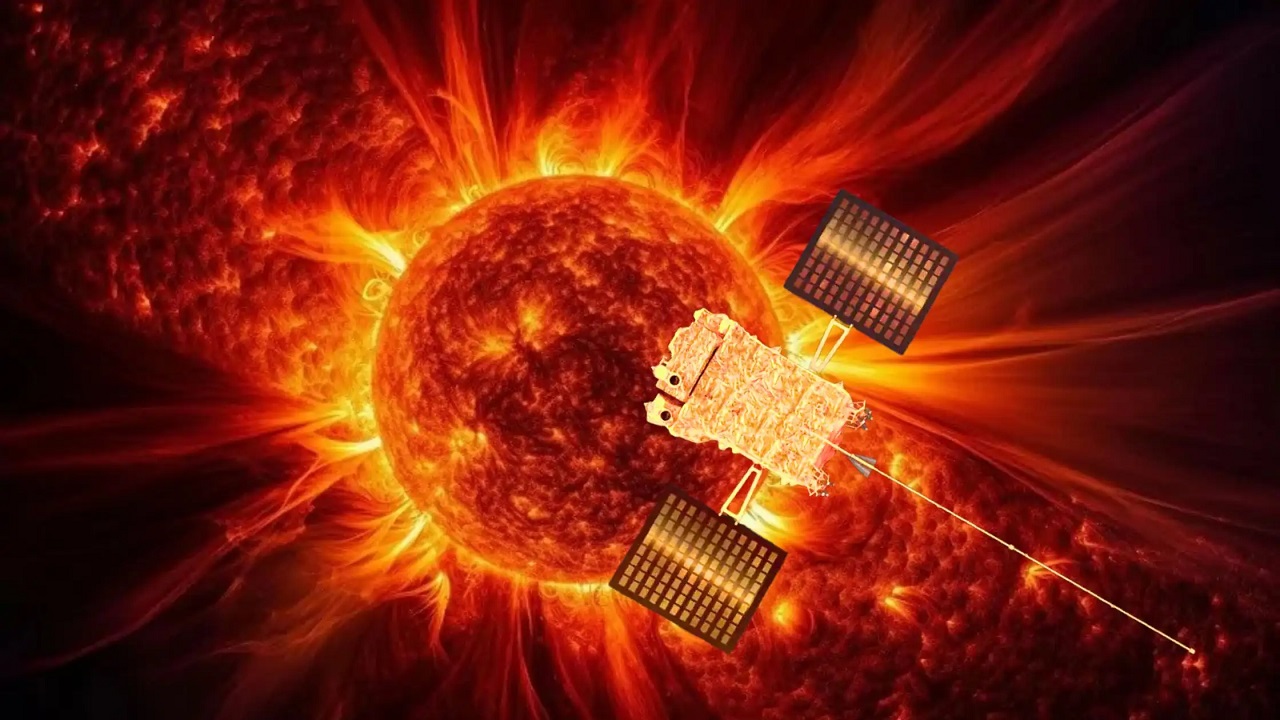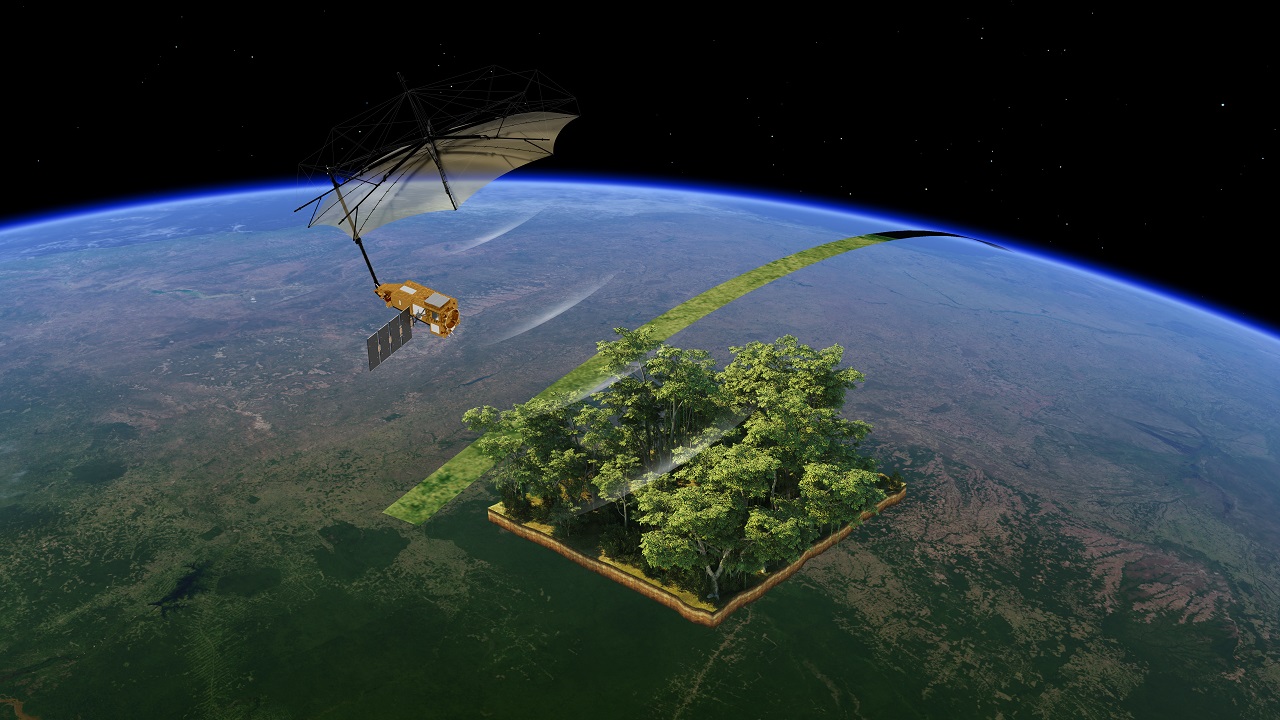Aditya-L1: Advancing Solar Research
Context
- The Sun influences space weather, affecting satellites, communication, and power grids.
- Aditya-L1, India’s first solar observatory at L1 (1.5 million km from Earth), ensures uninterrupted solar studies.
- Recently, its SUIT telescope captured the first-ever detailed image of a solar flare ‘kernel’, marking a major breakthrough.
Solar Corona: The Sun’s Outer Layer
- The corona extends millions of kilometers, with temperatures 1–10 million K, much hotter than the surface (~5,800 K).
- Made of highly ionized plasma, emitting ultraviolet and X-ray radiation.
- Key for understanding coronal heating and solar wind formation.
Solar Flares: Intense Solar Energy Bursts
- Sudden energy release due to magnetic field reconnection.
- Classified into A, B, C, M, and X-class, with X-class being the most powerful.
- Impacts satellites, GPS, power grids, and astronauts.
SUIT (Solar Ultraviolet Imaging Telescope)
- First telescope to capture full-disk solar images in near-UV (2000–4000 Å).
- Helps study ozone, solar radiation, and high-energy solar activity.
Aditya-L1’s Breakthrough Observation
- SUIT recorded an X6.3-class solar flare, one of the strongest observed.
- Captured NUV brightening (200-400 nm), confirming how flare energy spreads across solar layers.
- Strengthens theories linking lower atmosphere activity to corona heating.
Conclusion
- Aditya-L1 enhances India’s space research, improving solar physics and space weather predictions.
- Its findings help protect satellites, astronauts, and communication systems from solar disruptions.




Comments (0)